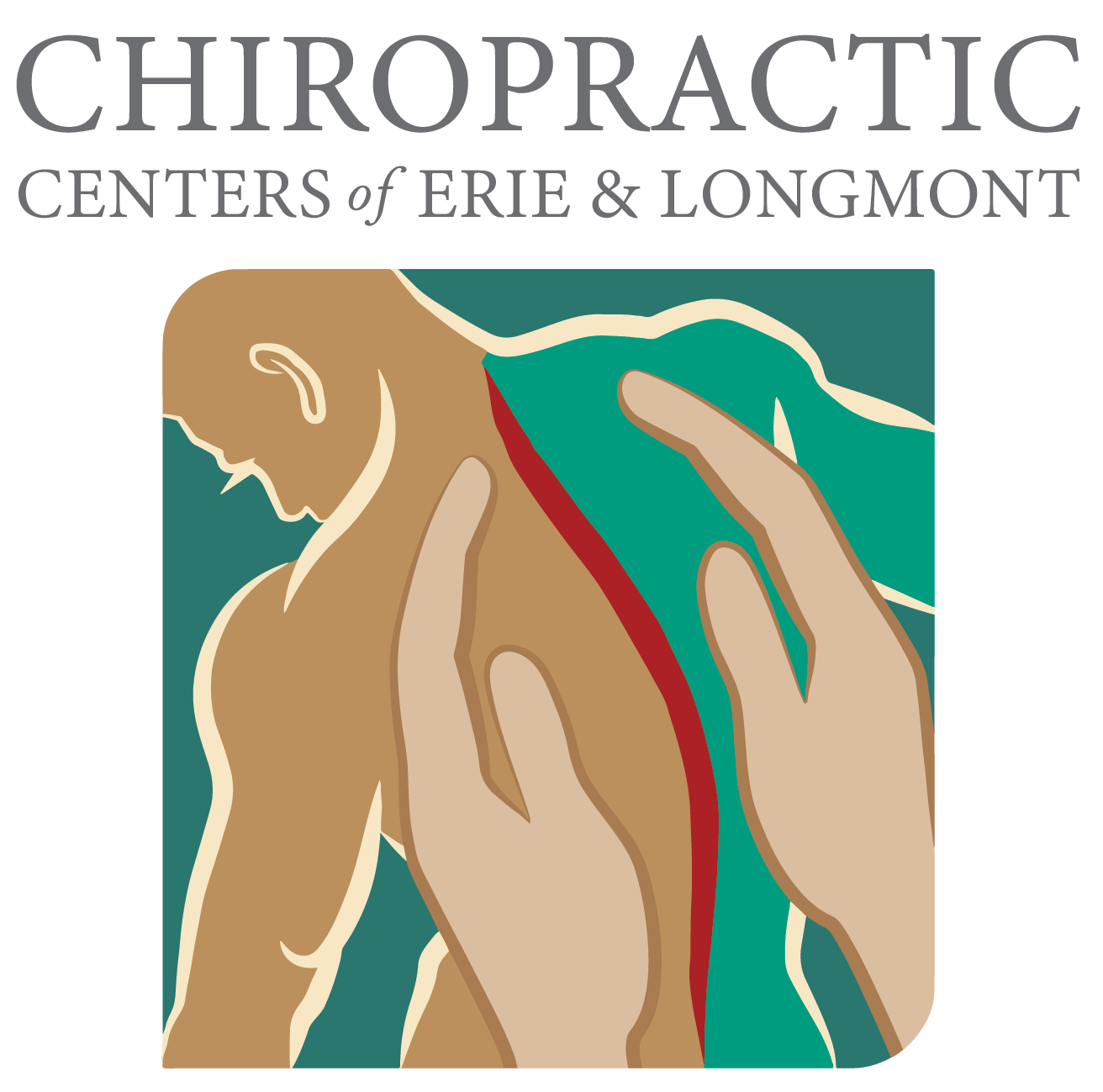Maximize Your Chiropractic Treatment- 10 Tips to Get the Most Out of It
Imagine embracing your day without back pains, headaches, or neck discomfort! That’s what chiropractic treatment aims to give you – a pain-free existence. But did you know that the benefits and effectiveness of such treatments aren’t only in the hands of your trusted chiropractor? Your actions and lifestyle habits can significantly influence your recovery journey too. This blog post shares ten indispensable tips to help you maximize your chiropractic treatment. Dive in and begin transforming your self-care routine now!
To make the most of your chiropractic treatment, it’s important to stay hydrated, get enough rest and sleep, maintain good posture, and stick to a healthy diet. Consistency is key when it comes to chiropractic care, so be sure to schedule regular appointments with your chiropractor based on your personal needs. Additionally, consider supplementing your care with therapeutic exercises, massages, Epsom salt baths, and ice therapy. Finally, always be open and honest with your chiropractor about any changes in your condition or habits to get the best possible treatment for your needs.
Maximizing Your Chiropractic Treatment
When seeking chiropractic treatment, it’s natural to want to maximize the benefits and achieve optimal results. By taking certain steps and adopting a proactive approach, you can make the most out of your chiropractic sessions. Let’s explore some useful tips to help you maximize your chiropractic treatment:
- Consistency is Key: Consistency plays a vital role in chiropractic care. Healing takes time and regular visits are crucial for consistent progress. Stick to your recommended treatment plan and attend scheduled appointments as advised by your chiropractor.
- Open Communication: Effective communication with your chiropractor is essential for a successful treatment experience. Be honest about your condition, symptoms, concerns, and any changes in your health. This information allows your chiropractor to tailor the treatment specifically to your needs.
- Active Participation: Take an active role in your treatment process by following the recommendations given by your chiropractor. This may include doing home exercises or making lifestyle adjustments that support your healing journey.
- Ask Questions: Don’t hesitate to ask questions if you’re unsure about any aspect of your treatment plan or techniques being used. Understanding what’s happening during your sessions can help enhance the effectiveness of the treatment.
- Maintain Good Posture: Proper posture not only supports the benefits of chiropractic adjustments but also contributes to overall spinal health. Practice good posture habits throughout your day, whether sitting at work or standing for long periods.
- Combine Therapies: Chiropractic care often works well in conjunction with other complementary therapies such as massage therapy or physical therapy. Our chiropractors perform these disciplines in the same visit! If your chiropractor doesn’t, discuss with them if incorporating additional therapies could be beneficial for your specific condition.
- Follow Self-Care Practices: In addition to receiving regular chiropractic care, incorporate self-care practices into your daily routine. This may include stretching exercises, maintaining a healthy diet, staying hydrated, and getting enough rest.
- Listen to Your Body: Pay attention to your body’s signals and honor any discomfort or pain you may experience. If something feels off or if you have concerns, communicate this with your chiropractor so adjustments can be made accordingly.
- Address Lifestyle Factors: Lifestyle choices can impact the effectiveness of chiropractic treatment. Discuss any factors that may hinder your progress, such as poor sleep habits, stress levels, or unhealthy habits. Working on improving these areas can support your overall well-being.
- Long-Term Maintenance: Chiropractic care is not just about addressing immediate concerns but also about maintaining long-term spinal health. Talk to your chiropractor about potential ongoing maintenance sessions to prevent future issues.
By incorporating these tips into your chiropractic journey, you enhance the chances of maximizing the benefits of treatment and achieving optimal results. Remember, each person’s experience is unique, so adapt these recommendations to fit your individual needs and goals.
Reviewing Your Treatment Plan
Reviewing your treatment plan is an essential aspect of optimizing your chiropractic treatment. Regularly meeting with your chiropractor to assess progress and make necessary adjustments ensures that your care remains aligned with your needs.
During regular review sessions, take the opportunity to discuss any changes in symptoms or concerns you may have developed since starting treatment. An open dialogue allows your chiropractor to tailor their approach based on your evolving condition.
For instance, let’s say you initially sought chiropractic care for lower back pain caused by poor posture at work. As weeks go by, you notice improvements in your back pain but start experiencing discomfort in your neck due to increased hours spent looking down at screens. By reviewing your treatment plan regularly, you can address this new concern and modify the course of treatment accordingly while helping guarantee progress is being made.
These reviews also allow for adjustments in the frequency and duration of appointments based on progress made. As healing takes time, your chiropractor may recommend reducing or increasing the frequency of visits, depending on how you respond to treatment.
Furthermore, reviewing your treatment plan enables you to receive updated information about self-care practices you can incorporate into your routine. Your chiropractor might provide additional exercises or stretches to alleviate specific areas of discomfort or recommend changes in lifestyle habits that could support your long-term spinal health.
Remember, as with any medical professional, it’s vital to be an active participant in the review process. Be prepared for each session by noting any changes or questions you have beforehand. Engaging in meaningful conversations with your chiropractor during these reviews will ensure that your treatment plan remains effective and aligned with your goals.
Making Lifestyle Changes
When it comes to maximizing the benefits of chiropractic treatment, making necessary lifestyle changes can play a vital role. Chiropractic care is not just a one-time fix; it aims to address the root causes of pain and discomfort, promoting overall wellness. By incorporating healthy habits into your daily routine, you can enhance the effectiveness of your chiropractic treatment. Let’s explore some key lifestyle changes that can help you get the most out of your sessions.
Maintaining good posture is essential, as poor posture can place unnecessary stress on the spine and contribute to misalignments. Make a conscious effort to sit and stand with proper posture throughout the day. This means keeping your shoulders back, chin slightly tucked, and spine aligned.
Regular exercise is another crucial component. Engaging in physical activity helps improve overall strength, flexibility, and mobility, which are essential for supporting the adjustments made during chiropractic sessions. Consult with your chiropractor or a fitness professional to develop an exercise plan tailored to your specific needs and goals.
Prioritize getting enough rest and sleep as well. Adequate sleep allows your body to heal and recover, maximizing the benefits of chiropractic treatment. Create a relaxing bedtime routine and try to establish consistent sleep patterns.
In addition to these lifestyle changes, maintaining a healthy diet can support your body’s healing process. Focus on consuming a nutrient-rich diet that includes fruits, vegetables, whole grains, lean proteins, and healthy fats. This can help reduce inflammation in the body and provide essential nutrients for tissue repair.
Lastly, stay hydrated! Drinking enough water throughout the day helps keep your joints lubricated and promotes optimal bodily functions necessary for healing. It also aids in flushing out toxins from the body.
With these lifestyle changes in place, let’s move on to the next tip for maximizing your chiropractic treatment: paying attention during adjustments.
Paying Attention During Adjustments
When you visit a chiropractor for an adjustment, it’s important to be mentally present and engaged during the session. Paying attention during adjustments allows you to understand what the chiropractor is doing and why. It also helps you become aware of the sensations and changes occurring in your body, enabling you to communicate any concerns or feedback effectively.
During an adjustment, focus on your breathing and try to relax as much as possible. Being tense can make it harder for the chiropractor to perform the necessary manipulations effectively. Take deep breaths, allowing your muscles to loosen up and facilitating a smoother adjustment process.
While receiving an adjustment, engage in open communication with your chiropractor. Ask questions about what they are doing or any sensations you may be experiencing. This mutual understanding will help establish trust and ensure that both you and your chiropractor are working together toward achieving optimal results.
It’s also important to follow any post-adjustment instructions given by your chiropractor. These may include recommendations for rest, ice or heat therapy, exercises, or stretches. By adhering to these instructions diligently, you can enhance the effectiveness of your treatment and facilitate a faster recovery.
Now that we’ve discussed the importance of paying attention during adjustments, let’s move on to explore the next aspect of maximizing your chiropractic treatment.
Setting Up Post-Treatment Goals
Once you have undergone chiropractic treatment and experienced the benefits it offers, it’s important to set up post-treatment goals to maintain your progress and further enhance your wellness. These goals will help guide you in making lifestyle changes and taking proactive steps toward long-term health.
Start by evaluating your current condition and discussing with your chiropractor what areas need improvement or further attention. Together, you can assess the progress made during treatment and identify specific goals that align with your desired outcomes. For example, if you were seeking relief from back pain, your goal might now be to continue strengthening your core muscles to prevent future issues.
Let’s say you have been receiving chiropractic adjustments for a shoulder injury. Your post-treatment goal could be to regain full range of motion in your shoulder and improve overall upper body strength. This goal would guide you in developing a targeted exercise plan and incorporating exercises specifically designed for shoulder rehabilitation.
Once you have identified your post-treatment goals, it is essential to develop a plan of action to achieve them. Work closely with your chiropractor to create a personalized wellness program that includes stretches, exercises, posture correction techniques, and any other recommendations based on your specific needs.
With your post-treatment goals established, let’s now explore how you can ensure continued wellness after completing your chiropractic treatment.
Ensuring Wellness Post Treatment
Maintaining optimal wellness after completing chiropractic treatment requires consistency and commitment to healthy habits. Incorporating these practices into your daily routine will help prolong the benefits of chiropractic care and support long-term well-being.
Firstly, make sure to follow the advice given by your chiropractor regarding exercise and stretching routines. Engaging in regular physical activity not only helps strengthen muscles but also improves joint mobility and flexibility, enhancing the effects of chiropractic adjustments.
Secondly, prioritize good posture throughout the day. Maintaining proper spinal alignment when sitting, standing, and performing daily activities can significantly reduce the risk of recurrent pain or injuries. Your chiropractor can provide guidance on ergonomic adjustments and posture correction techniques to incorporate into your daily life.
For instance, if you have a sedentary office job, consider using an ergonomic chair and taking breaks to stretch and walk around every hour. Additionally, being mindful of your posture while sitting at your desk or using electronic devices can help alleviate strain on the spine and prevent future issues.
Lastly, don’t neglect self-care practices such as getting enough restful sleep, managing stress levels, and maintaining a balanced diet. Taking care of your overall well-being plays a vital role in supporting the benefits of chiropractic treatment.
Think of it as building a solid foundation for a house. Chiropractic adjustments lay the groundwork for better health, but the ongoing maintenance through healthy habits ensures its stability.
Remember to communicate openly with your chiropractor about any concerns or changes you experience post-treatment. They can provide further guidance and offer necessary adjustments to your wellness plan as needed.
Maintaining a Wellness Program After Treatment
Congratulations on completing your chiropractic treatment! Now that you’ve experienced the benefits of chiropractic care, it’s essential to maintain your progress and optimize your overall well-being. One effective way to do this is by establishing a wellness program after your treatment. This program will help you continue reaping the rewards of chiropractic care and prevent potential issues from arising in the future.
So, what does maintaining a wellness program entail?
First and foremost, regular visits to your chiropractor should remain a priority. Consistency is key when it comes to chiropractic care, as healing is a time-consuming process that requires ongoing attention. Scheduling periodic check-ups with your chiropractor will allow them to evaluate your progress, make any necessary adjustments, and address any concerns or issues that may arise.
In addition to chiropractic visits, incorporating healthy habits into your daily routine can significantly contribute to maintaining your well-being. Staying hydrated is crucial for flushing out toxins and keeping your joints lubricated. Aim to drink an adequate amount of water each day to support the healing process and promote overall health.
Another vital aspect of maintaining a wellness program is getting enough rest and sleep. Adequate rest allows your body to recover and heal more efficiently. Establishing a consistent sleep schedule and creating a relaxing bedtime routine can help improve your sleep quality and quantity.
Maintaining good posture throughout the day is also essential. Poor posture can lead to increased tension in the muscles and stress on the spine, potentially undoing the progress made during treatment. Be mindful of your posture while sitting, standing, and engaging in activities to reduce strain on your body.
In addition to these lifestyle factors, focusing on nutrition can play a significant role in maximizing the benefits of chiropractic care.
Eating a balanced diet rich in fruits, vegetables, lean proteins, and whole grains provides your body with the necessary nutrients to support optimal healing and function. Avoiding processed foods, excessive sugar, and unhealthy fats can help reduce inflammation in the body and promote overall wellness.
Incorporating therapeutic exercises recommended by your chiropractor into your routine is another key aspect of maintaining a wellness program. These exercises are designed to improve flexibility, strength, and range of motion while also preventing future injuries. By consistently engaging in these exercises, you can continue to support the health and stability of your joints and muscles.
Lastly, don’t forget about self-care practices that can complement your chiropractic treatment. Consider incorporating activities such as yoga, meditation, or regular massages into your routine to further enhance relaxation, reduce stress levels, and promote overall well-being.
Remember, maintaining a wellness program after treatment is an ongoing commitment to yourself and your health. By incorporating these practices into your daily life, you can stay on track with your progress, prevent future issues, and continue enjoying the benefits of chiropractic care.
Tracking Your Progress and Improvements
Taking the time to track your progress and improvements throughout your chiropractic treatment journey can be highly beneficial. Not only does it provide valuable insight into how far you’ve come, but it also helps you understand which aspects of your treatment are working effectively.
So, how can you effectively track your progress and improvements?
One method is to maintain a journal or diary where you record any changes or improvements you notice along the way. This could include reduced pain or discomfort in specific areas, increased range of motion in joints, improved posture, or enhanced overall well-being. By documenting these changes regularly, you create a tangible record of your progress that serves as a reminder of how far you’ve come.
Another useful tool is taking before and after photos or videos that highlight any physical changes you observe during your treatment. These visual representations allow you to see the differences in your posture or body alignment, providing visual evidence of the improvements chiropractic care has made.
In addition to these self-tracking methods, regular communication with your chiropractor is vital. They can provide professional assessments and measurements of your progress, such as range of motion tests, neurologic testing, or postural evaluations. By discussing your concerns, goals, and any changes you’ve noticed, your chiropractor can offer valuable insights and make adjustments to your treatment plan accordingly.
It’s important to remember that progress and improvements may not always be linear. Some days or weeks may show more significant changes than others. However, tracking your progress allows you and your chiropractor to identify patterns, areas of improvement, and any potential setbacks promptly.
Think of tracking your progress like a map on a long journey – it helps you navigate through twists and turns, measure how far you’ve come, and determine the best route to reach your destination.
By combining self-tracking methods with the expertise of your chiropractor, you create a comprehensive picture of your progress and improvements. This collaborative effort ensures that you receive tailored care that addresses your specific needs and goals.
Call a Chiropractor!
If you’re interested in seeing a chiropractor or getting a chiropractic adjustment, visit us at one of our offices in Erie or Longmont. The Chiropractic Center of Longmont and Chiropractic Center of Longmont treat the body holistically with our award-winning treatment process which can include Dry Needling when requested. We have been voted “Best of the West” eleven times and we aim to help your body achieve and maintain optimal performance. We specialize in treating patients suffering from spinal pain and many other maladies and have helped several patients find relief without the need for surgery. If you’d like to learn more about chiropractic care in Longmont or Erie or have questions about what to expect during your first chiropractor visit in Erie or Longmont, call our offices today at 303-828-3000 or 303-772-1950!







